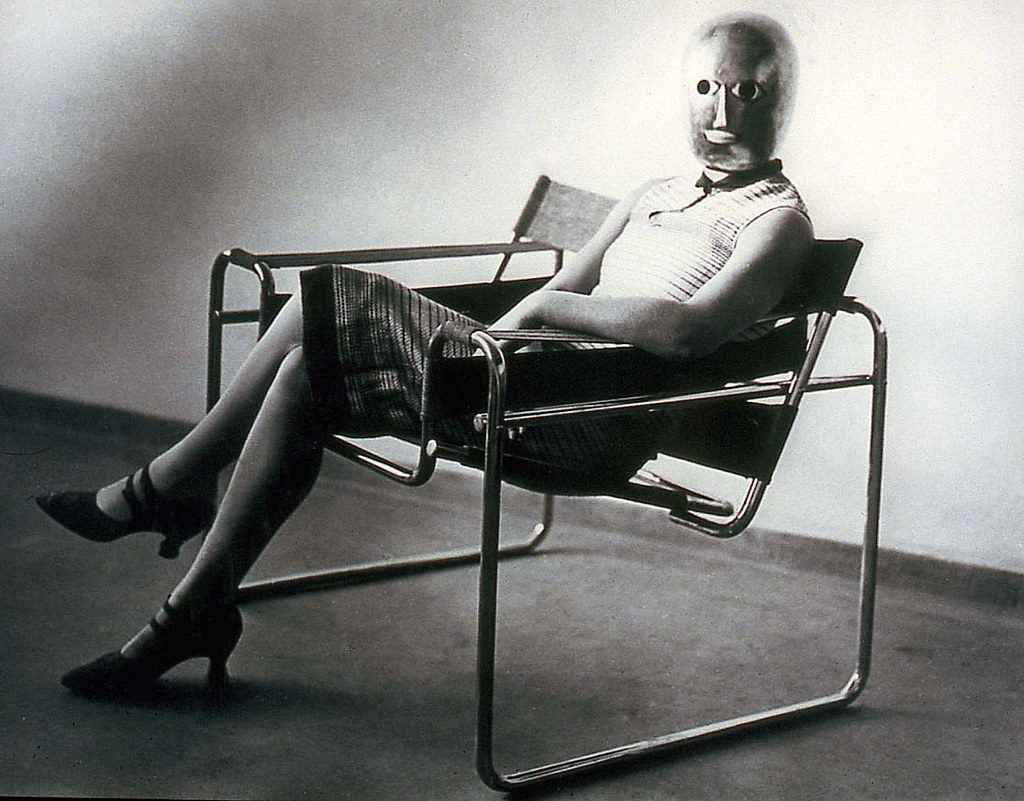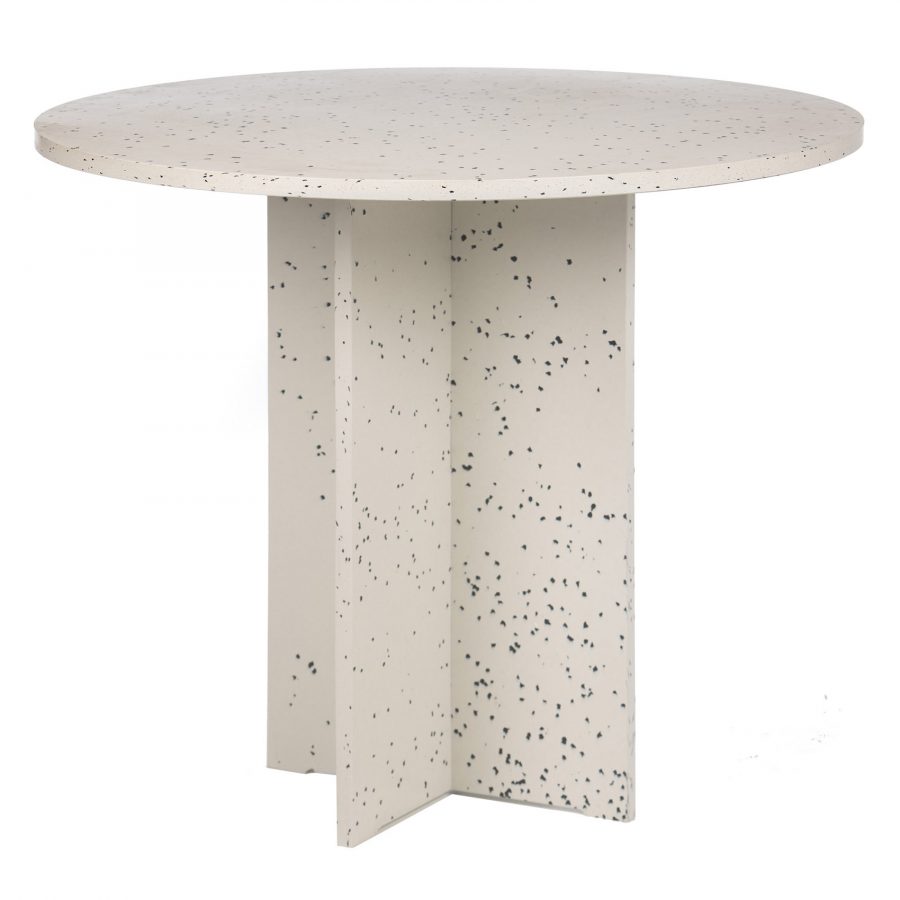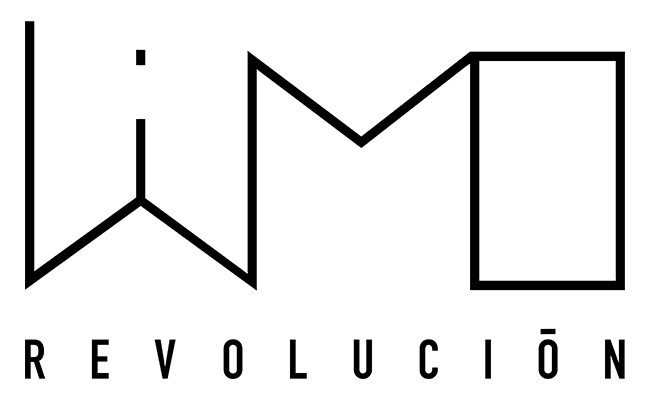THE NEW EUROPEAN BAUHAUS

Walter Gropius is back. He does so in a greener and more sustainable style, in keeping with the post-pandemic times. The New Bauhaus is a movement driven by the European Commission to rethink art, design, culture, social inclusion, science and technology.
It is almost a year since the launch of the New European Bauhaus, when we were called to a collective effort to reimagine our spaces and the way we design them. The project is a creative and interdisciplinary initiative that opens up a meeting space for designing future ways of living and stands at the crossroads between art, culture, social inclusion, science and technology. The initiative brings the Green Pact to the places where we live to build a sustainable, inclusive and beautiful future for the mind and soul of all. As explained by Ursula von der Leyen, the President of the European Commission, this is not just an environmental or economic project, but also a new cultural project for Europe.

The choice of the same name as the school that changed the way of looking at design more than a hundred years ago points to the ambition of the project. The Bauhaus School, founded by Walter Gropius in 1919 in Weimar, was faithful to the motto form follows function and united all artistic disciplines with that goal, without hierarchies. It was the most revered institution of the 20th century, with such great artists as Paul Klee, Annie Albers, Kandinsky and Marcel Breuer having passed through its workshops. This time, the European Commission is also committed to an identifiable aesthetic that unifies style and sustainability.

After a post-pandemic scenario, the European Commission wants to start 2021 with a perspective of hope and determination. The New Bauhaus comes hand in hand with its massive NextGenerationEU recovery plan, which will help the economy and society to recover better and faster. Together with the EU’s climate targets, they will help to tackle the greatest challenge of our time: climate change. The New Bauhaus project fits perfectly into these plans, proposing a dialogue about how we want to live together after the pandemic.
It’s about making the good life affordable and bringing generations together, empowering those who hold the solutions to the climate crisis. It is about combining sustainability with design.
Ver esta publicación en Instagram
Ver esta publicación en Instagram
Ursula von der Leyen invites all Europeans to participate in the project, fostering an inclusive and collective process in which ideas, challenges, concerns and solutions are exchanged. The New Bauhaus aims to improve the quality of our lives by emphasising simplicity, functionality and the circularity of materials. It also wants to give the importance it deserves to comfort and aesthetics, which are fundamental in our daily lives. To this end, financial support for innovative ideas and products will be provided through the first prizes launched in October last year. The winners will be announced this summer and will embark on a path that will help different generations to live together better and to put design at the service of climate solutions.
From this September, the next phase of the movement will begin: the implementation of projects in different EU Member States. This first exhibition will serve as an example of the New Bauhaus philosophy, creating a community to facilitate learning and knowledge sharing. It will be essential to work with citizens, businesses and academia to identify methods and make them available to others.

This is not the first attempt to resurrect the Bauhaus. László Moholy-Nagy, a key teacher of the school’s second period, founded the New Bauhaus in Chicago in 1937, closing its doors after a year. Near Asheville, John A. Rice created in 1933 an experimental university offering an interdisciplinary education, which attracted a number of artists, poets and designers, including alumni of the original school. And in the 1950s, the Hochschule für Gestaltung, a Neues Bauhaus, was in the making in Germany. This New Bauhaus is a completely up-to-date initiative that is fully aware of the needs of our planet. We are confident that it will achieve greater impact, success and continuity than those that preceded it.
At Revolución Limo we are committed to sustainability and geometric formulas that help to rethink design and art. We applaud this initiative and we certainly identify with this New Bauhaus and this new Europe. And you, are you joining the revolution?

